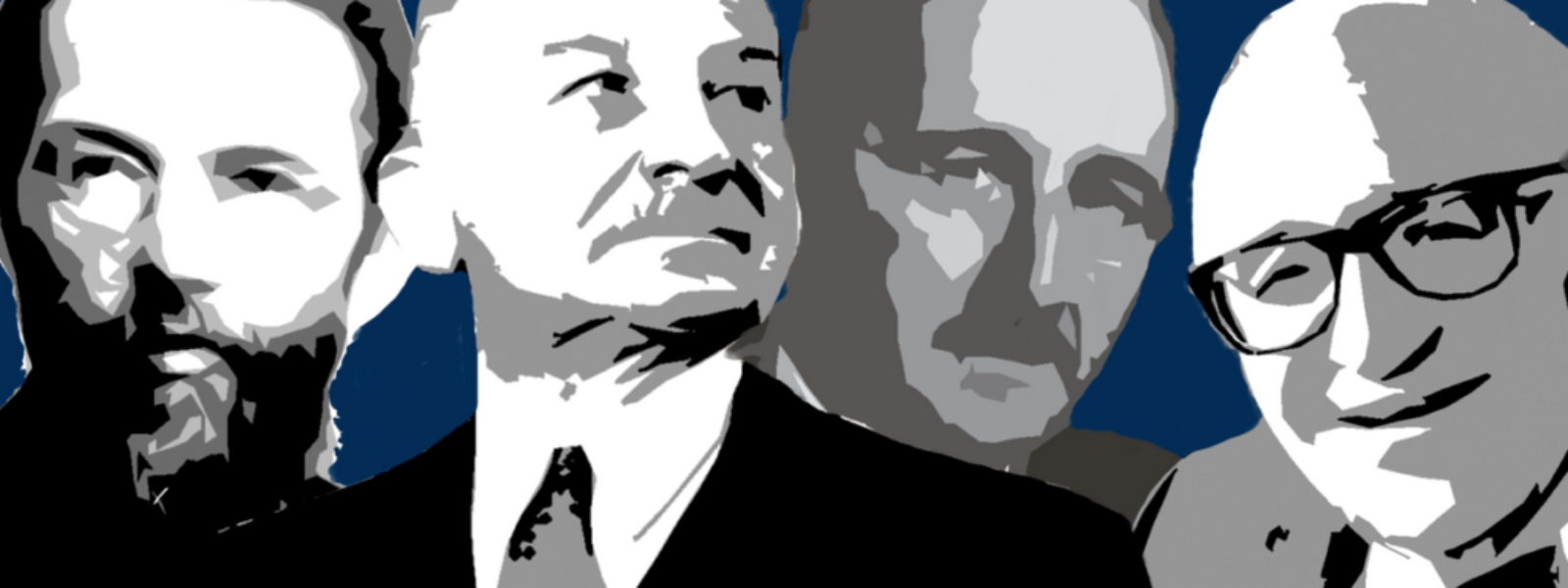What is Austrian Economics?

Western culture operates according scientism, which is to say we rely on “science” to answer any and all questions. This is short sighted to say the least. Science is unable to answer many questions, most notably the question, “What is science?” The facts discovered by science are never problematic. It is the philosophical conclusions and practical solutions offered by the people observing the facts discovered by science. It should come as no surprise that people in our culture think of economists as mere technicians who follow numbers, as if that were the whole of the topic.
Economists are more akin to philosophers, thinkers who carry around certain assumptions about the way the economy works and how society is built. The economic school of thought referred to as, “The Austrian School,” or “Austrian Economics,” came about by naming the source of the origin of its modern founder, Carl Menger (1840-1921), an economist at the University of Vienna, Austria. Menger defended the position that value extends entirely from the human mind rather than as an inherent part of goods and services. Therefore, valuation changes according to social needs and circumstances, even according to individuals experiencing the same need and circumstances as others. Ultimately it is the free market of individuals driven by self-interest, likes and dislikes, which reveal the valuations of consumers and producers. Individuals’ wants and needs become labled in the form of a price system referred to as, “the market”. Ultimately, Menger’s work was working out the wisdom of Frederic Bastiat (1801-1850), J.B. Say (1767-1832), A.R.J. Turgot (1727-1781) and others of the Enlightenment .
In championing private property, free markets, sound money, and liberal society generally, Menger bore such thinkers as, Eugen von Bohm-Bawerk (1851-1914), F.A. Hayek (1899-1992), Ludwig von Mines (1881-1973), Henry Hazlitt (1894-1993) and Murray Rothbard (1926-1995). Austrian Economics takes into account how human action permeates economies, making sense of the seemingly random and chaotic number of pricing decisions made by the choices of individuals in the moment of their circumstances.
This common sense approach to understanding economies became the conventional wisdom of the day until the so-called Keynesian Revolution of the 1930s when John Maynard Keynes persuaded the masses that savings was not prudent but rather to be seen as a burden to economic growth. Rather than viewing the various parts of an economy as integrated and interdependent parts of a whole, Keynes viewed the various parts as individual levers to be pulled and moved in order to bring about desired outcomes, locating value in things themselves and separated from the individual. Keynes ideas were received with open arms, writing at a time when the ideology idolizing central planning over a robust liberty of the individual came into vogue.
Ideas have consequences and there are always trade offs. Changing course to avoid one set of outcomes may simply result in finding oneself dealing with equally, or perhaps greater, difficult outcomes. Such is the case between Freedom and safety or as Frederic von Hayek puts it with the title of his book, “The Road to Serfdom”.

